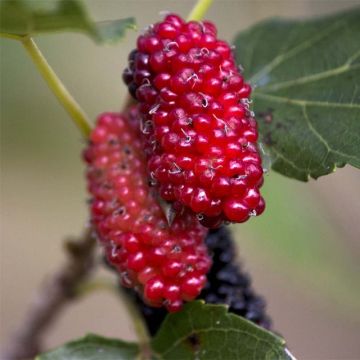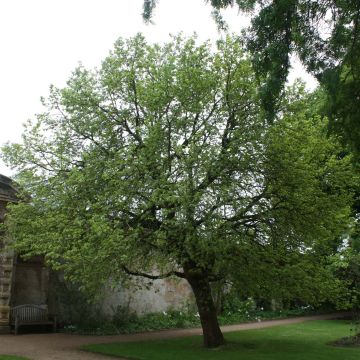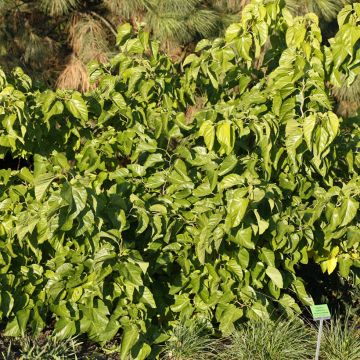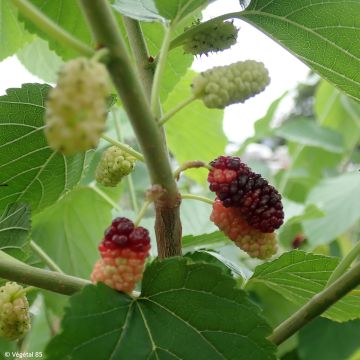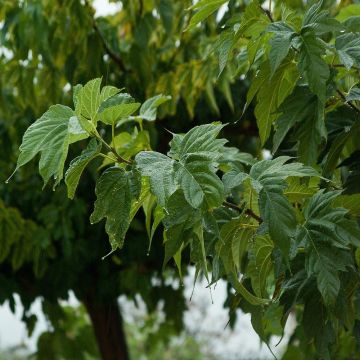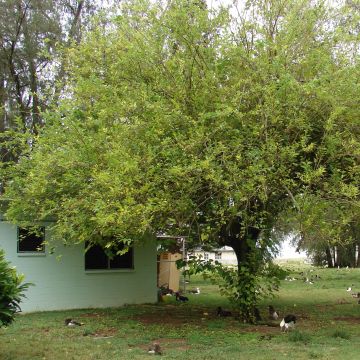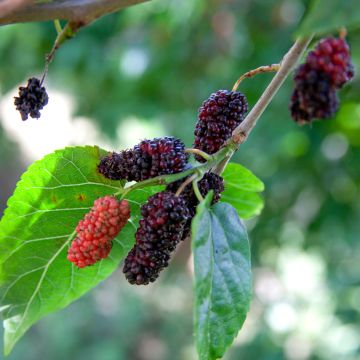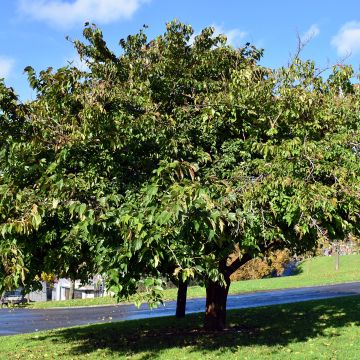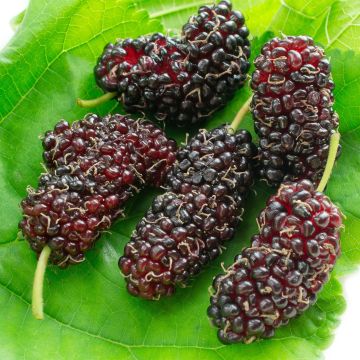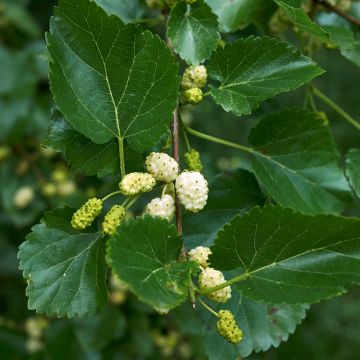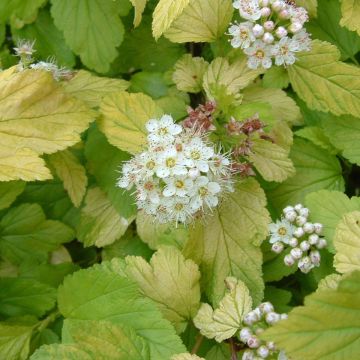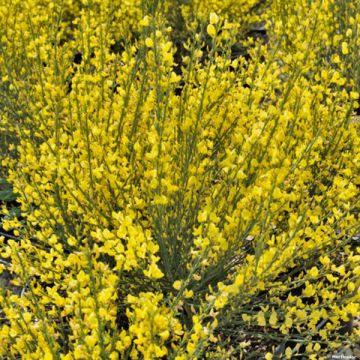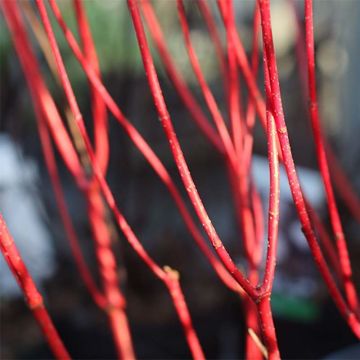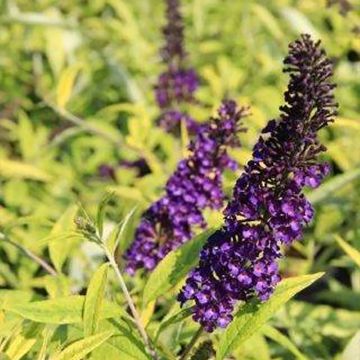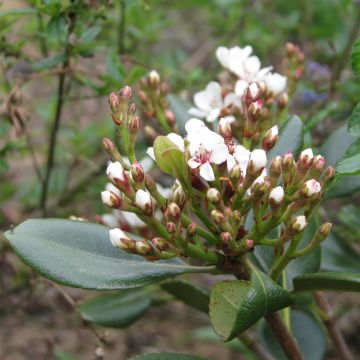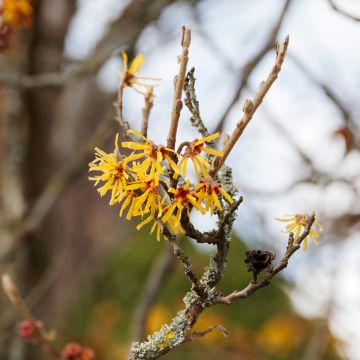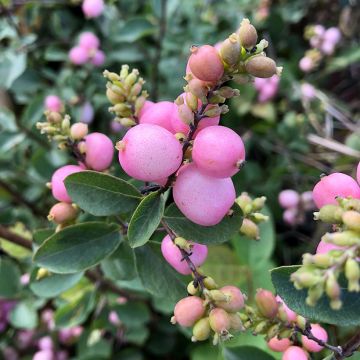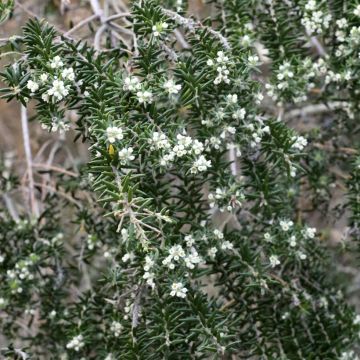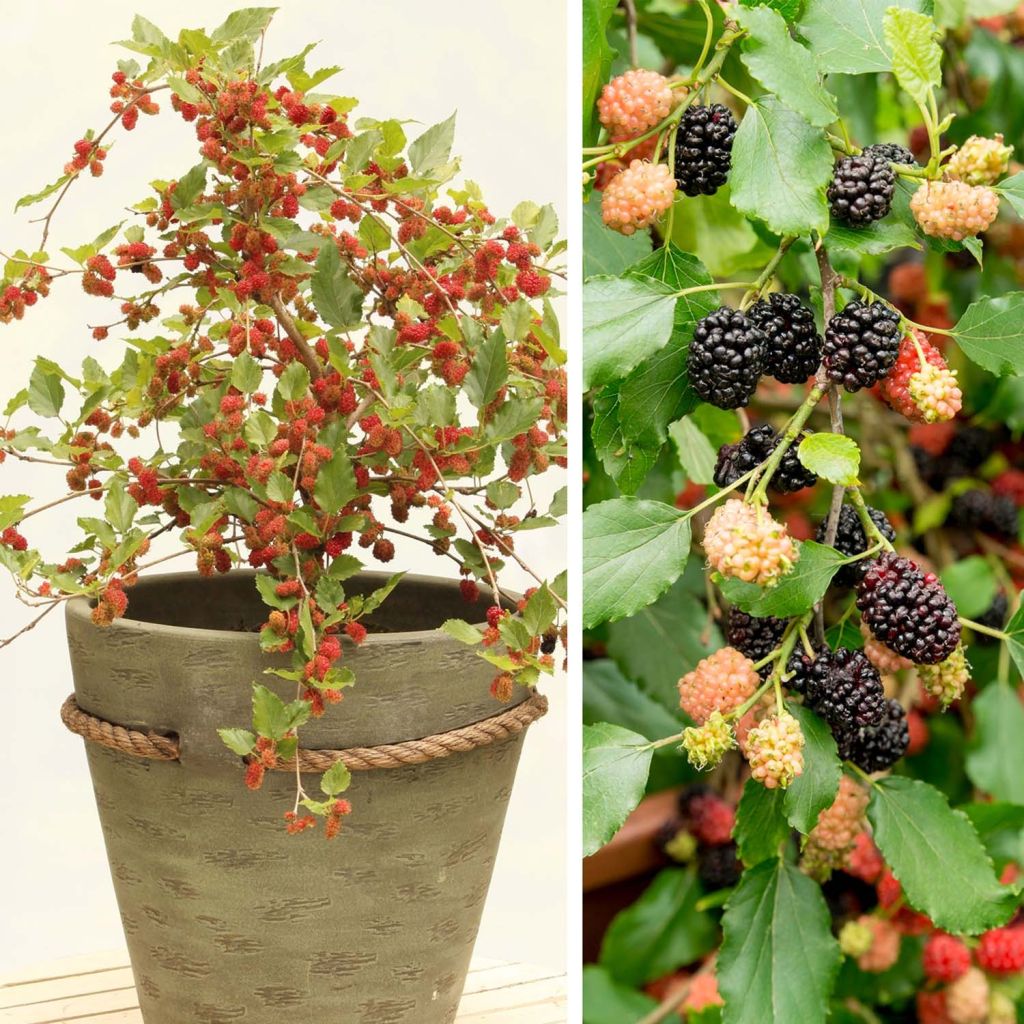

Morus rotundiloba Mojo Berry - Mullberry
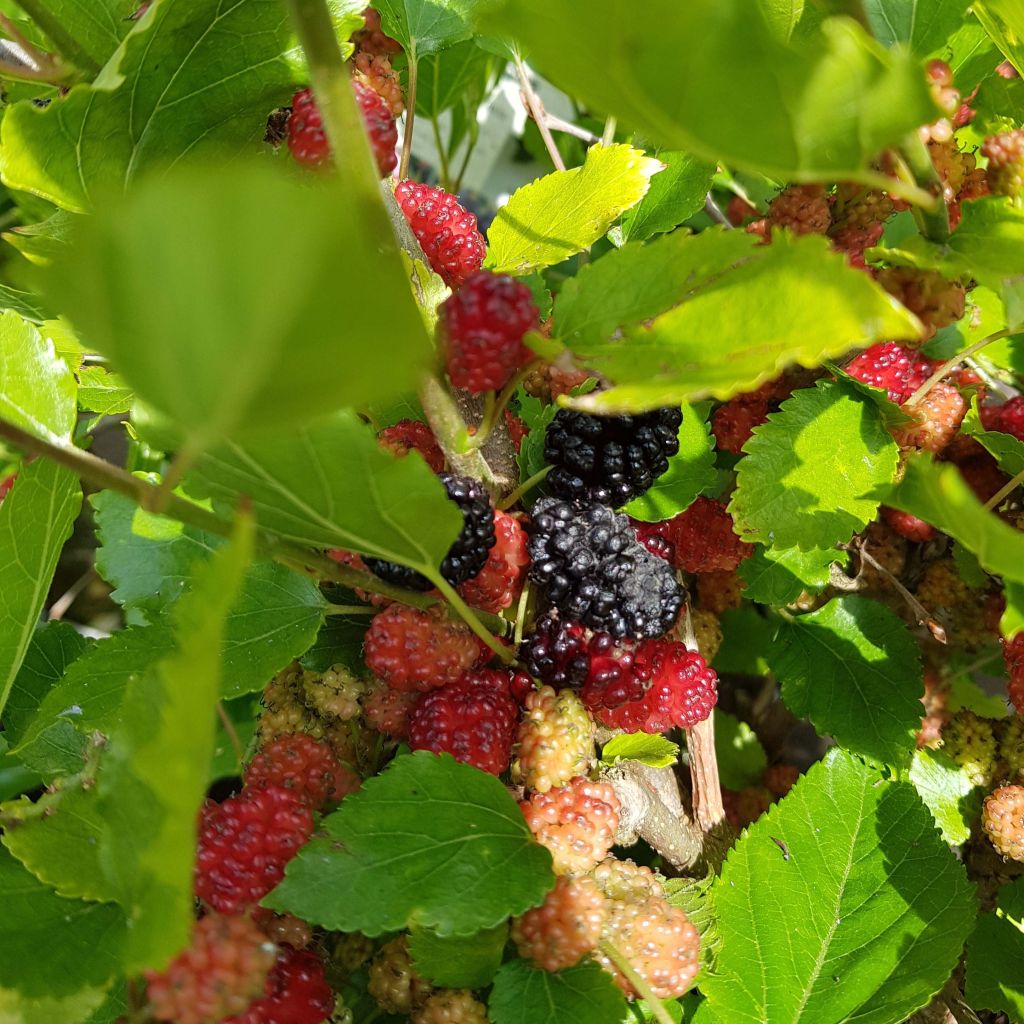

Morus rotundiloba Mojo Berry - Mullberry
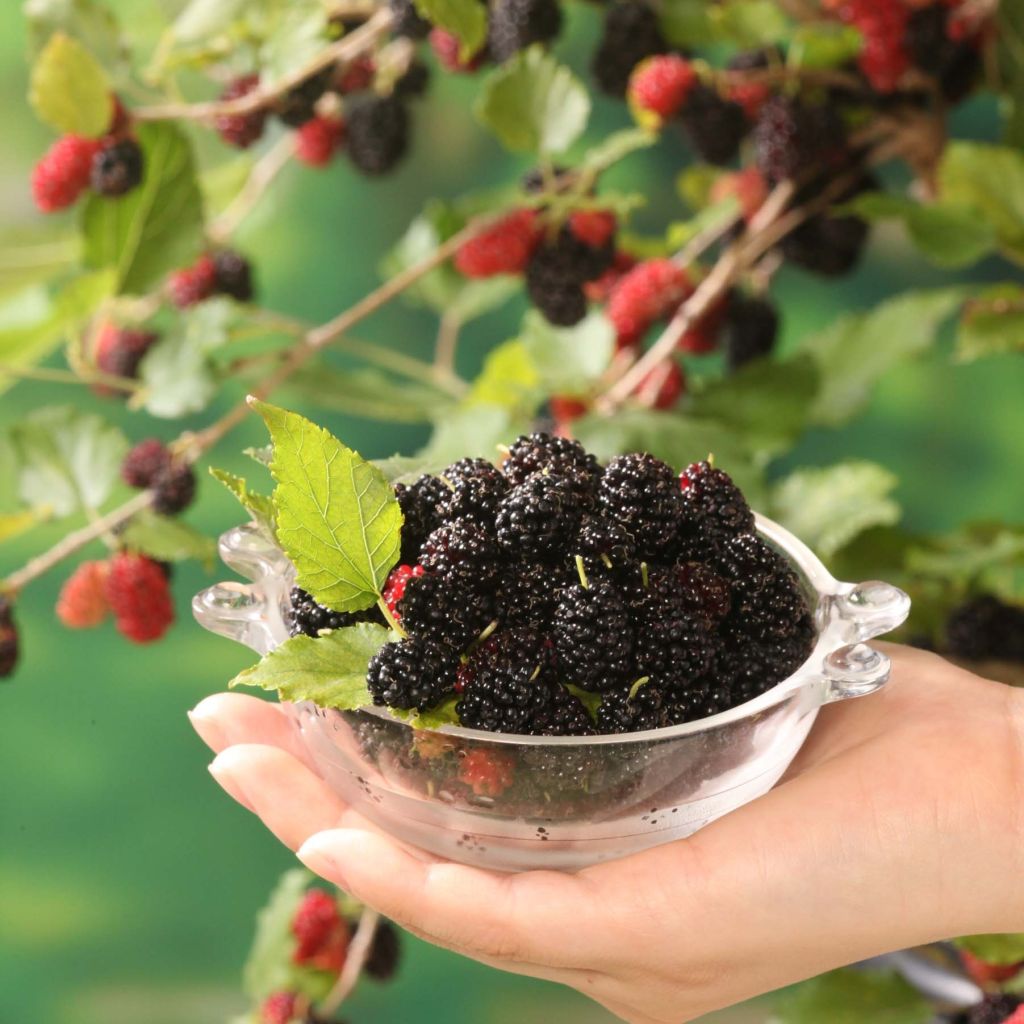

Morus rotundiloba Mojo Berry - Mullberry
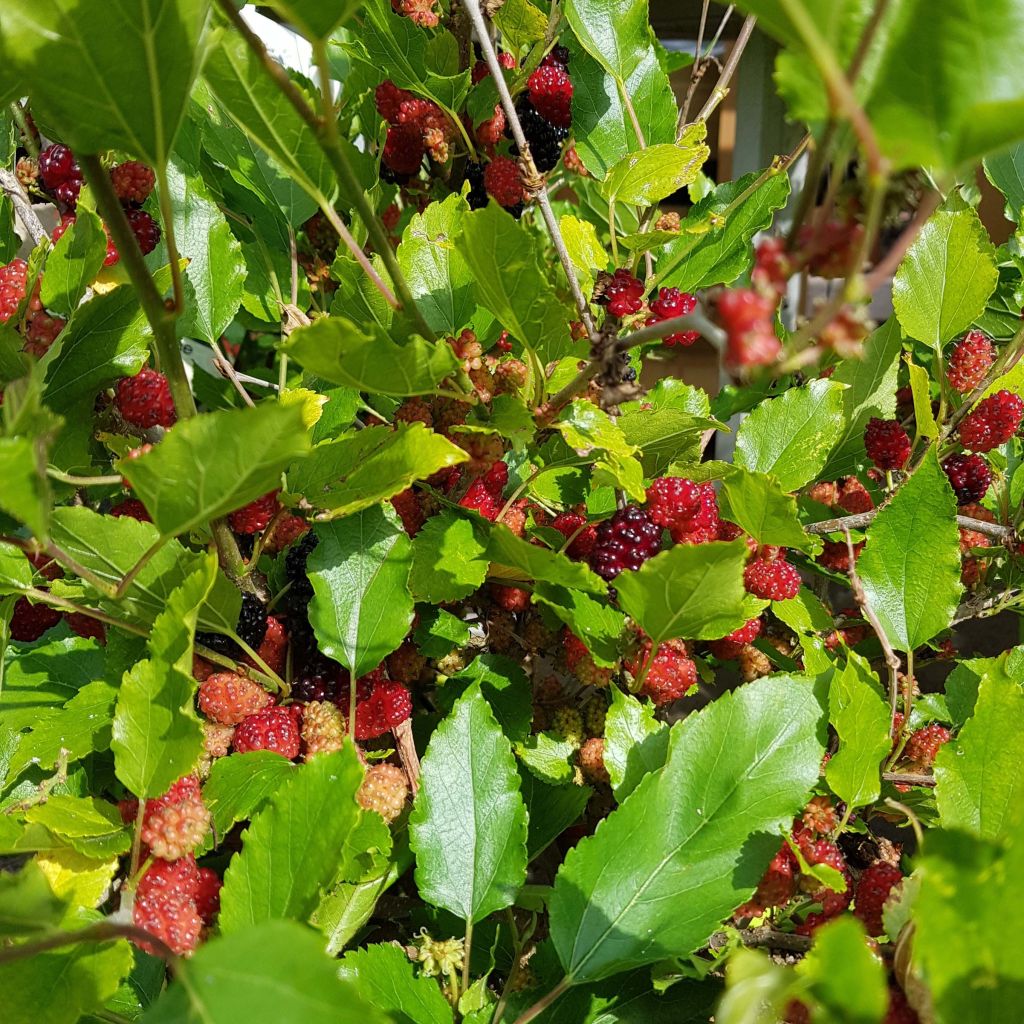

Morus rotundiloba Mojo Berry - Mullberry
Morus rotundiloba Mojo Berry - Mullberry
Morus rotundiloba Bonbonberry® ‘Mojo Berry’
Mulberry
This item cannot be shipped to the selected country
Delivery charge from €5.90
Delivery charge from €5.90
Delivery charge from €5.90
Delivery to Corse prohibited
More information
Schedule delivery date,
and select date in basket
This plant carries a 6 months recovery warranty
More information
We guarantee the quality of our plants for a full growing cycle, and will replace at our expense any plant that fails to recover under normal climatic and planting conditions.
From €5.90 for pickup delivery and €6.90 for home delivery
Express home delivery from €8.90.
From €5.90 for pickup delivery and €6.90 for home delivery
Express home delivery from €8.90.
From €5.90 for pickup delivery and €6.90 for home delivery
Express home delivery from €8.90.
Delivery to Corse prohibited: UE law prohibits the import of this plant from mainland France to Corse as part of the fight against Xylella fastidiosa. Please accept our sincere apologies.
More information
Description
The Bonbonberry® 'Mojo Berry' Dwarf Mulberry is a recent variety with exceptional qualities. It forms a bushy subject with a particularly compact size, about 1.50 m (5 ft) in all directions, ideal for growing in pots on the terrace or balcony, in vegetable beds or even in an ornamental garden. In short, for all places where space is limited! 'Mojo Berry' also stands out for its rapid fruiting: it bears fruit on the wood of the current year, no need to wait to be delighted by its delicious little fruits. This charming mulberry will be loved by both children and adults. It produces fruits in a continuous manner from summer to autumn. Easy to maintain, hardy, resistant to diseases... a guaranteed success!
The Morus or mulberry belongs to the family of Moraceae. Like all members of its family, it produces latex in its tissues. Morus rotundiloba is believed to be a cross between the white mulberry (M. alba) native to Mongolia and India, and the black mulberry (M. nigra), native to the Middle East and Central Asia and introduced to the Mediterranean basin since ancient times. Both species form medium-sized trees, reaching about ten metres in all directions when mature.
The Bonbonberry® 'Mojo Berry' variety, sometimes known as 'Charlotte Russe', was selected by Hajime Matsunaga. Its qualities were recognised at the prestigious Chelsea Flower Show in 2017, where it was voted "Plant of the Year". This dwarf mulberry naturally has a compact habit, usually not exceeding 1.50 m (5 ft) in height and spread. The deciduous foliage is polymorphous, meaning that the appearance of the leaves can vary depending on their position on the branches. They are alternate, with petioles, either simple and heart-shaped, or divided into 3 to 7 lobes of varying depth, with irregularly toothed margins. The upper surface of the shiny lamina is pale green, turning golden yellow in autumn. This self-pollinating variety develops male or female flowers throughout the summer on different parts of the same plant. Pollination is carried out by insects such as bees, bumblebees, and butterflies. The flowers are followed by abundant ovoid fleshy fruits, almost black when ripe, edible and with a slightly acidic taste. They are actually composed of small drupes clustered together, which detach very easily from the bush when ripe. With 'Mojo Berry', the fruits can be harvested for a very long period, from May to September. This is due to the fact that this exceptional variety bears fruits on both old and new wood, significantly extending the harvest. As a result, fruiting occurs from the first year, unlike other mulberry species.
The Bonbonberry® 'Mojo Berry' Mulberry, very hardy, grows in fertile, well-worked, and well-drained soil, in a warm and sunny location. It tolerates pollution well but is sensitive to coastal areas and sea spray. This beautiful variety will find its place in a small fruit hedge, along with blackthorns, mirabelle plums, medlars, viburnums, and dogwoods, much to the delight of birds. Both decorative and delicious, it is particularly suitable for growing in pots on the terrace or balcony, in vegetable beds, in an ornamental garden, or even along the edges of vegetable gardens. When grown in pots, make sure to water regularly, as the soil dries out more quickly than in open ground. The fruits can be consumed fresh or as jellies, jams, or syrups.
Report an error about the product description
Morus rotundiloba Mojo Berry - Mullberry in pictures
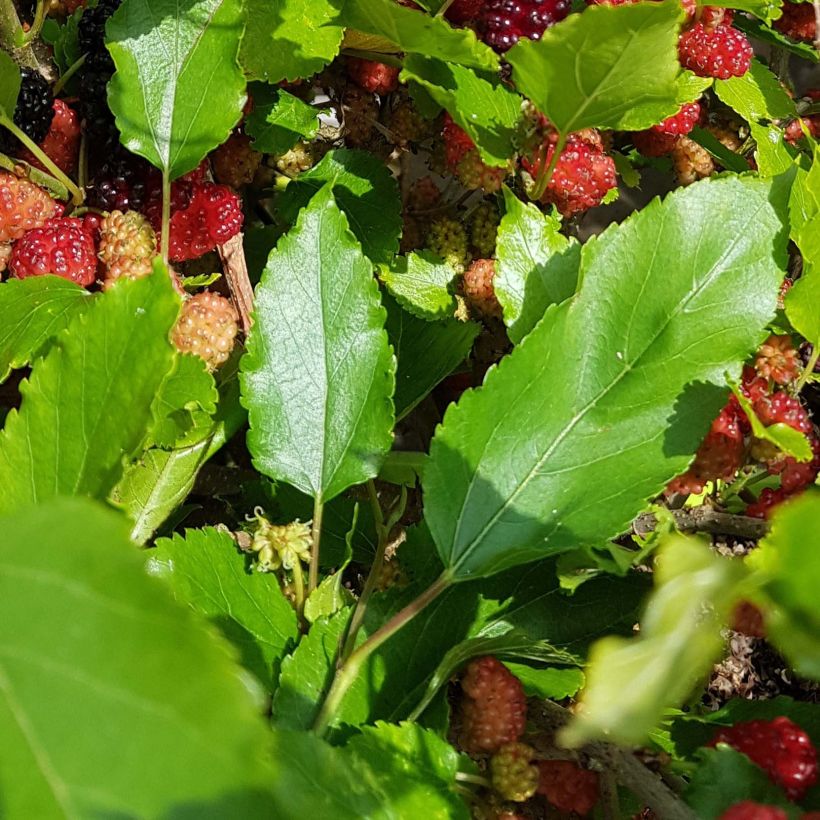

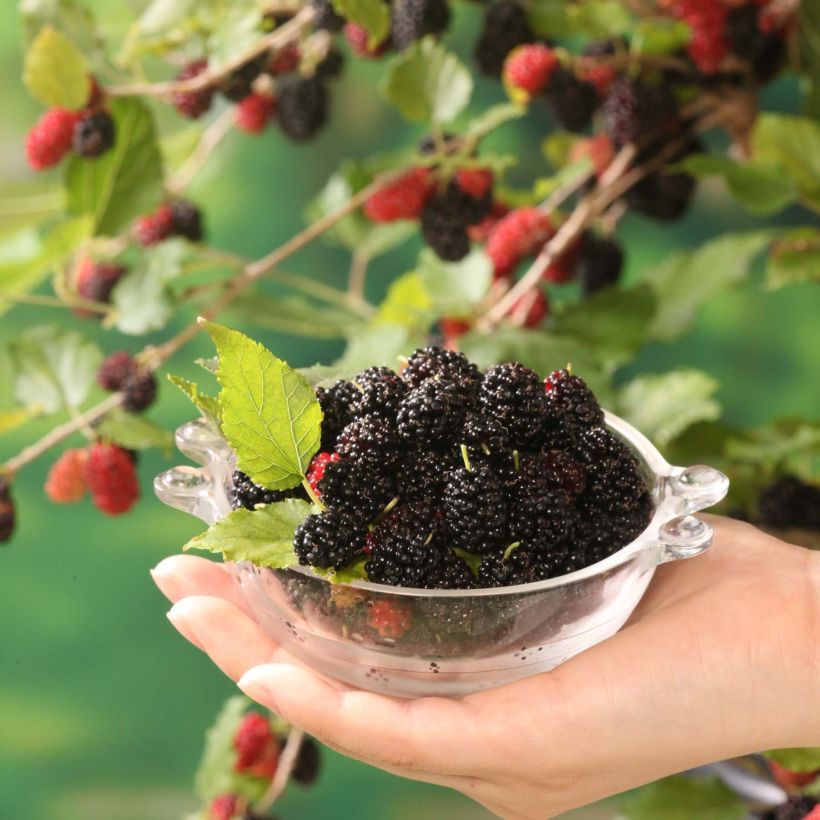

Plant habit
Fruit
Flowering
Foliage
Botanical data
Morus
rotundiloba
Bonbonberry® ‘Mojo Berry’
Mulberry
Cultivar or hybrid
Other Morus - Mulberry
Planting and care
The 'Mojo Berry' mulberry tree can be planted in spring or autumn, in open ground or in a pot, in a well-drained, rather fertile and deep soil, not too chalky or too acidic, and in full sun. Be careful not to damage its fleshy and brittle roots during planting. It tolerates cold weather perfectly and withstands hot and dry summers once well established. Prune to maintain a beautiful habit. It may be susceptible to rust, hemp or powdery mildew, in which case treat with copper.
Water regularly to promote root growth in the first year of planting. During periods of high heat or prolonged drought, provide additional water. Weed the surface especially at the beginning of planting and apply mulch to keep cool in summer.
For pot planting, place gravel or clay balls at the bottom of the pot to facilitate drainage. Fill the pot with a mixture of soil, potting soil, and compost.
Planting period
Intended location
Care
-
, onOrder confirmed
Reply from on Promesse de fleurs
Hedge shrubs
Haven't found what you were looking for?
Hardiness is the lowest winter temperature a plant can endure without suffering serious damage or even dying. However, hardiness is affected by location (a sheltered area, such as a patio), protection (winter cover) and soil type (hardiness is improved by well-drained soil).

Photo Sharing Terms & Conditions
In order to encourage gardeners to interact and share their experiences, Promesse de fleurs offers various media enabling content to be uploaded onto its Site - in particular via the ‘Photo sharing’ module.
The User agrees to refrain from:
- Posting any content that is illegal, prejudicial, insulting, racist, inciteful to hatred, revisionist, contrary to public decency, that infringes on privacy or on the privacy rights of third parties, in particular the publicity rights of persons and goods, intellectual property rights, or the right to privacy.
- Submitting content on behalf of a third party;
- Impersonate the identity of a third party and/or publish any personal information about a third party;
In general, the User undertakes to refrain from any unethical behaviour.
All Content (in particular text, comments, files, images, photos, videos, creative works, etc.), which may be subject to property or intellectual property rights, image or other private rights, shall remain the property of the User, subject to the limited rights granted by the terms of the licence granted by Promesse de fleurs as stated below. Users are at liberty to publish or not to publish such Content on the Site, notably via the ‘Photo Sharing’ facility, and accept that this Content shall be made public and freely accessible, notably on the Internet.
Users further acknowledge, undertake to have ,and guarantee that they hold all necessary rights and permissions to publish such material on the Site, in particular with regard to the legislation in force pertaining to any privacy, property, intellectual property, image, or contractual rights, or rights of any other nature. By publishing such Content on the Site, Users acknowledge accepting full liability as publishers of the Content within the meaning of the law, and grant Promesse de fleurs, free of charge, an inclusive, worldwide licence for the said Content for the entire duration of its publication, including all reproduction, representation, up/downloading, displaying, performing, transmission, and storage rights.
Users also grant permission for their name to be linked to the Content and accept that this link may not always be made available.
By engaging in posting material, Users consent to their Content becoming automatically accessible on the Internet, in particular on other sites and/or blogs and/or web pages of the Promesse de fleurs site, including in particular social pages and the Promesse de fleurs catalogue.
Users may secure the removal of entrusted content free of charge by issuing a simple request via our contact form.
The flowering period indicated on our website applies to countries and regions located in USDA zone 8 (France, the United Kingdom, Ireland, the Netherlands, etc.)
It will vary according to where you live:
- In zones 9 to 10 (Italy, Spain, Greece, etc.), flowering will occur about 2 to 4 weeks earlier.
- In zones 6 to 7 (Germany, Poland, Slovenia, and lower mountainous regions), flowering will be delayed by 2 to 3 weeks.
- In zone 5 (Central Europe, Scandinavia), blooming will be delayed by 3 to 5 weeks.
In temperate climates, pruning of spring-flowering shrubs (forsythia, spireas, etc.) should be done just after flowering.
Pruning of summer-flowering shrubs (Indian Lilac, Perovskia, etc.) can be done in winter or spring.
In cold regions as well as with frost-sensitive plants, avoid pruning too early when severe frosts may still occur.
The planting period indicated on our website applies to countries and regions located in USDA zone 8 (France, United Kingdom, Ireland, Netherlands).
It will vary according to where you live:
- In Mediterranean zones (Marseille, Madrid, Milan, etc.), autumn and winter are the best planting periods.
- In continental zones (Strasbourg, Munich, Vienna, etc.), delay planting by 2 to 3 weeks in spring and bring it forward by 2 to 4 weeks in autumn.
- In mountainous regions (the Alps, Pyrenees, Carpathians, etc.), it is best to plant in late spring (May-June) or late summer (August-September).
The harvesting period indicated on our website applies to countries and regions in USDA zone 8 (France, England, Ireland, the Netherlands).
In colder areas (Scandinavia, Poland, Austria...) fruit and vegetable harvests are likely to be delayed by 3-4 weeks.
In warmer areas (Italy, Spain, Greece, etc.), harvesting will probably take place earlier, depending on weather conditions.
The sowing periods indicated on our website apply to countries and regions within USDA Zone 8 (France, UK, Ireland, Netherlands).
In colder areas (Scandinavia, Poland, Austria...), delay any outdoor sowing by 3-4 weeks, or sow under glass.
In warmer climes (Italy, Spain, Greece, etc.), bring outdoor sowing forward by a few weeks.

































